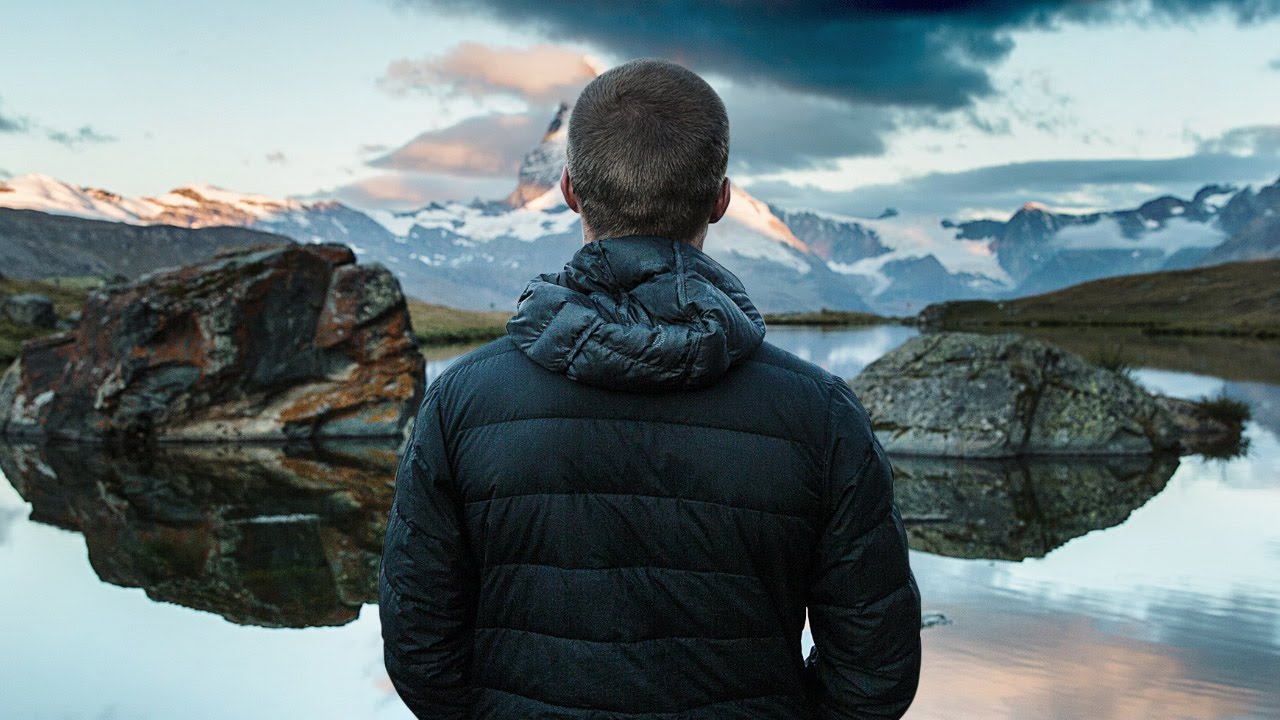
Introduction:
Photoshop, renowned for its image editing capabilities, goes beyond static imagery to bring your photos to life with animation. One captivating technique that stands out is the 2.5D Parallax Effect. This comprehensive guide aims to demystify the process of animating photos in Photoshop, exploring the intricacies of the 2.5D Parallax Effect. Follow along for detailed insights, step-by-step instructions, and professional tips to breathe dynamic life into your still images.
Table of Contents:
- Decoding the 2.5D Parallax Effect:
- a. Understanding the Concept of 2.5D Animation
- b. The Significance of Parallax in Creating Depth
- c. Exploring the Versatility of Animated Photos
- Choosing the Right Photo for the Parallax Effect:
- a. Assessing Image Composition and Perspective
- b. Identifying Elements Suitable for Dynamic Animation
- c. Considering Lighting and Shadows for Realism
- Essential Preparations for Photo Animation in Photoshop:
- a. Organizing Layers for Seamless Animation
- b. Familiarizing Yourself with Animation Tools and Timelines
- c. Setting Up a Clear Workspace for Efficient Editing
- Creating a Multi-Layered Composition:
- a. Duplicating and Separating Image Elements
- b. Establishing Foreground, Middleground, and Background Layers
- c. Utilizing Layer Masks for Precise Isolation
- Setting Up the Photoshop Timeline for Animation:
- a. Introduction to the Photoshop Timeline Panel
- b. Configuring Frame Rate and Animation Duration
- c. Understanding Keyframes and Transition Points
- Basic Parallax Animation Techniques:
- a. Applying Position and Scale Adjustments for Depth
- b. Creating Smooth Transitions Between Layers
- c. Previewing Animation in Real-Time
- Advanced Parallax Animation Methods:
- a. Incorporating Rotation for Dynamic Perspective Changes
- b. Utilizing Layer Styles and Effects for Visual Impact
- c. Exploring Puppet Warp for Animated Object Distortion
- Simulating Realistic Lighting Conditions:
- a. Analyzing Directional Light Sources in the Image
- b. Adjusting Shadows and Highlights for Consistency
- c. Integrating Ambient Light for a Natural Animated Appearance
- Fine-Tuning Details and Textures for Cohesive Animation:
- a. Refining Edges and Eliminating Unwanted Artifacts
- b. Adjusting Texture and Grain for Consistency
- c. Balancing Color Tones Across Animated Layers
- Adding Atmospheric Effects for Enhanced Realism:
- a. Incorporating Motion Blur for Dynamic Action
- b. Applying Depth of Field for Focused Animation
- c. Implementing Special Effects for Artistic Compositions
- Troubleshooting Common Challenges in Parallax Animation:
- a. Addressing Discrepancies in Layer Movement
- b. Dealing with Timing and Pacing Issues
- c. Avoiding Unnatural Jitter and Distortions
- Saving and Exporting Animated Photos with the Parallax Effect:
- a. Choosing the Right File Format for Different Platforms
- b. Optimizing Animated Images for Web or Social Media
- c. Preserving Layers for Future Adjustments
- Inspirational Examples and Case Studies:
- a. Showcasing Before and After Parallax Transformations
- b. Breakdowns of Notable Parallax Animation Challenges
- c. Exploring Different Styles and Approaches in Animated Photography
Conclusion:
Animating photos in Photoshop with the 2.5D Parallax Effect is a captivating journey into the realm of dynamic storytelling. This comprehensive guide has equipped you with the knowledge and tools needed to master this transformative technique. As you delve into the art of photo animation, remember that creativity, experimentation, and a keen understanding of motion dynamics will guide you towards creating visually stunning and immersive animated compositions. So, embrace the magic of the 2.5D Parallax Effect in Photoshop and let your photos come alive with depth, movement, and cinematic allure.